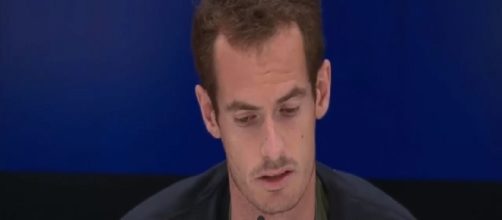Andy Murray, 30, the former world No. 1 and the one who knocked Djokovic down, has been struggling with form and lack of success for the most part of the current season. One of the highlights of his career was surpassing Djokovic in the rankings in the late stages of 2016 season. As the world No. 1, he went on doing less damage as expected due to various reasons. Whether it was about an elbow injury back in the spring, a lack of focus, or his recent hip injury, his career took an unexpected turn in 2017.
Not having him in the main draw of 2017 Us Open Tennis Championships is so unusual.
He has not missed a single US Open tournament since making his debut there back in 2005. Thus, he has been to 12 straight tournaments in a row, winning the title once back in 2012. Moreover, he made his Grand Slam breakthrough in New York even though he went on losing to Roger Federer the final of 2008 US Open. There is a strong bond between him and the Flushing Meadows complex. The official ATP ranking has Murray as the current world No. 2 but his ranking is expected to plunge next.
Thinking about the future
From what Andy Murray previously stated to the media, it seems that the hip injury started giving him issues while he was facing Stan Wawrinka during the French Open semis. According to The Telegraph, the injury got worse at Wimbledon with Murray being unable to put in his best game against Sam Querrey.
Skipping the entire North American summer swing and without an official match since Wimbledon, Andy Murray is in a tense point of his professional career. He may force a comeback during the upcoming Asian leg or the European indoor hard session or he could skip the next few months to take proper care of his health problems. It's a big dilemma that for the Brit No. 1. If he would choose to play the next tournaments, he might endanger his chances of having a long professional career.
Will Murray join Djokovic and Wawrinka?
It may seem that Roger Federer has created a new pattern that enables players to reach a certain level of longevity. The smart scheduling strategy, some longer periods to recover from injury or to tackle down fatigue, all these are parts of Federer's recipe to his late surge.
But, every single break comes with an additional pressure attached to it. The ranking will plunge and will require a certain amount of dedication to build it up again. Moreover, if Murray decides to skip the rest of 2017, the draw of the first few events of 2018 won't be as gentle as usual.
An increasing amount of ATP tennis stars are putting their money on the pseudo-sabbatical strategy. Novak Djokovic and Stan Wawrinka are the biggest names who chose to follow it.


